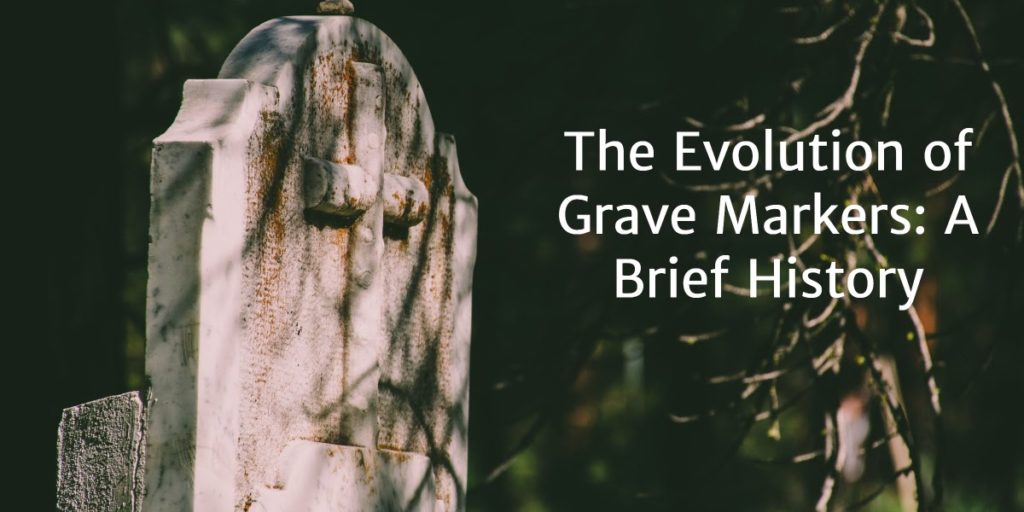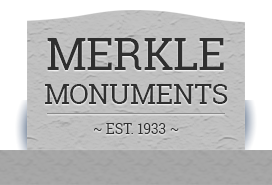The Evolution of Grave Markers: A Brief History

Look in any old cemetery and you’re bound to see grave markers that are similarly shaped to those you see in modern cemeteries. They’re often marked with a name, birth year, and death year. But the similarities often stop there.
Have grave markers always been slabs of stone stuck into the ground, carved with identifying information about the person buried in the plot?
Learn more about the history of grave markers, and how we’ve gotten to the markers we use today:
Early Grave Markers
The earliest grave markers can be traced back to the Celtic and Roman cultures of 3,000 BCE.
Rather than stones used to mark the burial places of individual people, these ancient markers were large, megalithic constructions meant to mark an entire burial chamber. Instead of being buried in communal cemeteries, people were buried in smaller plots near their homes, and an individual burial chamber could hold several generations of family members.
Churchyard Burials
In the mid-17th century, churchyard burials began to gain popularity, with parishioners of a specific church all sharing space in a plot owned by the church.
With this change came the switch to marking individual graves or family graves instead of entire chambers. At this time, grave markers were made from slate or sandstone and were given simple inscriptions such as the name of the deceased.
Inscriptions Grow
The 19th century saw an expansion in the ways and customs people used to commemorate the dead and with this expansion came a change in the customs surrounding grave markers.
Rather than committing basic information to the group memory, grave markers in this period began to include inscribed drawings and short sayings – epitaphs – that commemorated the dead.
The Victorian era, which brought with it professional mourners and elaborate funeral customs, also ushered in an increase in the intricacy used on grave markers. At this time, symbols such as wings, a weeping willow, or the Eye of Horus were carved into the stone to denote religious beliefs, social class, occupation, and other characteristics of the deceased.
Modern Grave Markers
Today, we’ve retained a lot of what was put into place in the Victorian era regarding grave markers, but increased technology has allowed us to make these stones even more personal.
Entire portraits of the deceased can be etched into the stone, and some grave markers include actual photographs or other mementos of the deceased.
Now, mourners are limited mostly by their budgets and their imaginations with what they use to pay tribute to the deceased at the grave site.
Professional Gravestone Design in Maryland
For more than 85 years, Merkle Monuments has provided high-quality, beautiful gravestones and memorial markers to families all across Maryland. Choose from one of our pre-selected designs, or work with our skilled designers to create your own tribute. Get your project started today!

